23Theoretical Foundation for ResearchN.docx
$4.99$16.99
23Theoretical Foundation for ResearchN.docx
Theoretical Foundation for ResearchIntroductionFear of needles is a significant barrier to medical treatment observed by healthcare providers. Sahin and Eser (2018)noted that adults experience injection anxiety due to the perception of expected needle pain. In one study, 30.6% of adult patients reported needle fear (Celek & Khorshid, 2015).In 2016, The World Health Organization (2019) revised the significance of injections as one of the most common medical procedures in the world: 16 billion injections worldwide annually, 90-95% therapeutic injections, and 5-10%immunizations and other injections. McLenon and Rogers(2018) researched needle fear with a meta-analysis and determined the prevalence is approximately 20-30% of adults aged 20-40 years of age. The prevalence of needle fear was greater for females in all age ranges, regardless of geographic area (McLenon and Rogers, 2018). Awareness and consideration of this practice problem by healthcare providers performing injections is an essential step toward improved patient outcomes. Injections are common procedures in the aesthetic industry for adult patients.
Description
Theoretical Foundation for ResearchIntroductionFear of needles is a significant barrier to medical treatment observed by healthcare providers. Sahin and Eser (2018)noted that adults experience injection anxiety due to the perception of expected needle pain. In one study, 30.6% of adult patients reported needle fear (Celek & Khorshid, 2015).In 2016, The World Health Organization (2019) revised the significance of injections as one of the most common medical procedures in the world: 16 billion injections worldwide annually, 90-95% therapeutic injections, and 5-10%immunizations and other injections. McLenon and Rogers(2018) researched needle fear with a meta-analysis and determined the prevalence is approximately 20-30% of adults aged 20-40 years of age.
23Theoretical Foundation for ResearchN.docx
The prevalence of needle fear was greater for females in all age ranges, regardless of geographic area (McLenon and Rogers, 2018). Awareness and consideration of this practice problem by healthcare providers performing injections is an essential step toward improved patient outcomes. Injections are common procedures in the aesthetic industry for adult patients. The American Society of Aesthetic PlasticSurgery (2019) publishes an annual report for both surgical and nonsurgical cosmetic procedures. According to the latest published data, the organization reports over 2.6 million cosmetic injections in the U. S. in 2018 (ASAPS, 2019).
23Theoretical Foundation for ResearchN.docx
This increased 38.7% from 2014 to 2018 (ASAPS,2019). Adult women aged 18 years and older represent 92.3%of the cosmetic injection market (ASAPS). As previously stated, McLenon and Rodgers (2018) found females of all ages have a higher incidence of needle fear compared to males. Although these patients may represent a small portion of the annual medical injections as established by the WorldHealth Organization (2019), a percentage of female patients receiving cosmetic injections represents a population experiencing fear related to needles. The purpose of this paper is to outline a concept analysis of a selected concept. The phenomenon of InterestThe phenomenon of interest is described as the focus of a study or central issue (Gray, Grove, & Sutherland, 2017).
23Theoretical Foundation for ResearchN.docx
When we encounter problems or questions that bother us and that we want to know more about without the lack of good answers in the research, the issue becomes a research topic or phenomenon of interest (Laureate Education, 2014). The phenomenon of interest for this assignment is identified needle fear in the context of adult patients receiving cosmetic injections. The prevalence of the phenomenon of needle fear in the general population has been identified in the existing literature (McLenon & Rogers, 2018). The number of cosmetic injection treatments was estimated in the. S. in 2018 and determined to be increasing annually(ASAPS, 2019). I have selected the phenomenon as I encounter this daily with aesthetic patients in my practice. Asa provider, I want to understand this phenomenon that influences these patients and their experience with treatments.
23Theoretical Foundation for ResearchN.docx
- NURSING 502 – medical (1537 Documents),
- NURSING C2346 – (865 Documents),
- NURSING C622 – Ophthalmology (212 Documents),
- NURSING 341P – (159 Documents),
- NURSING 310 – 310 (107 Documents),
- NURSING 3165 – (104 Documents),
- NURSING 440 – 440 (84 Documents),
- NURSING 520 – 520 (61 Documents),
- NURSING 3069 – 3069 (41 Documents),
- NURSING 2 – 2 (35 Documents),
Only logged in customers who have purchased this product may leave a review.

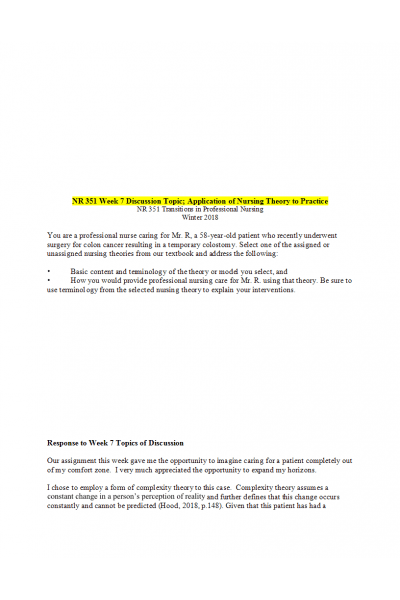
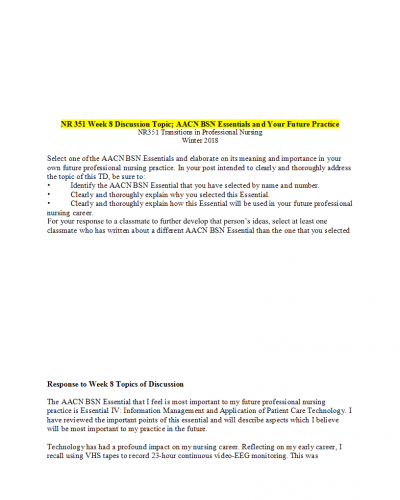
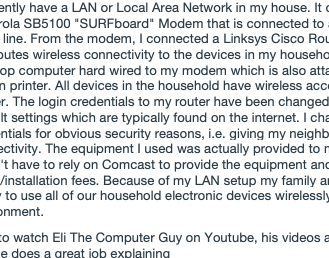

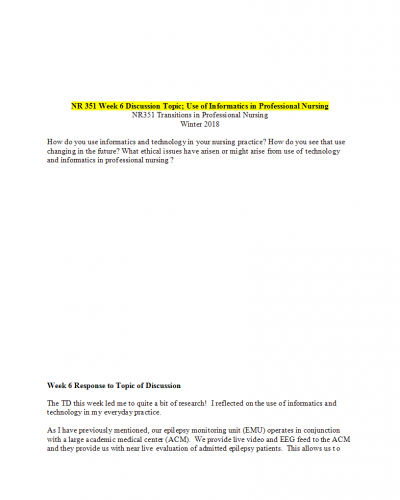
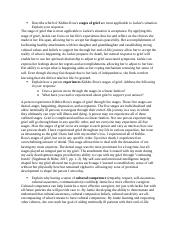
Reviews
There are no reviews yet.